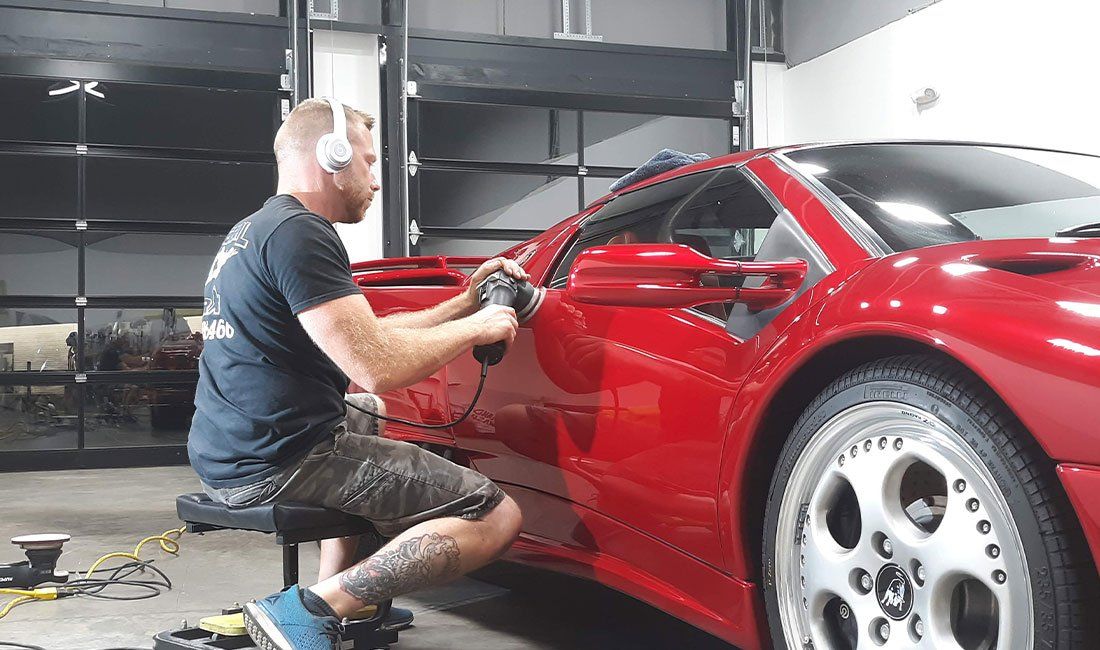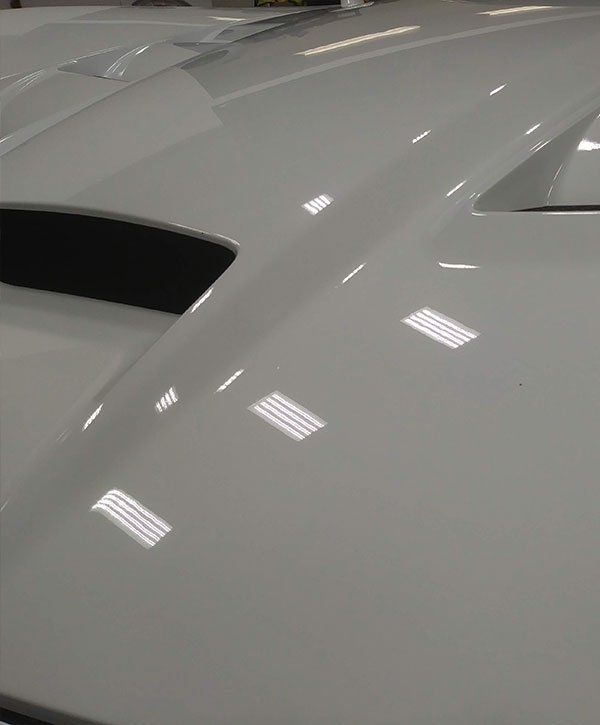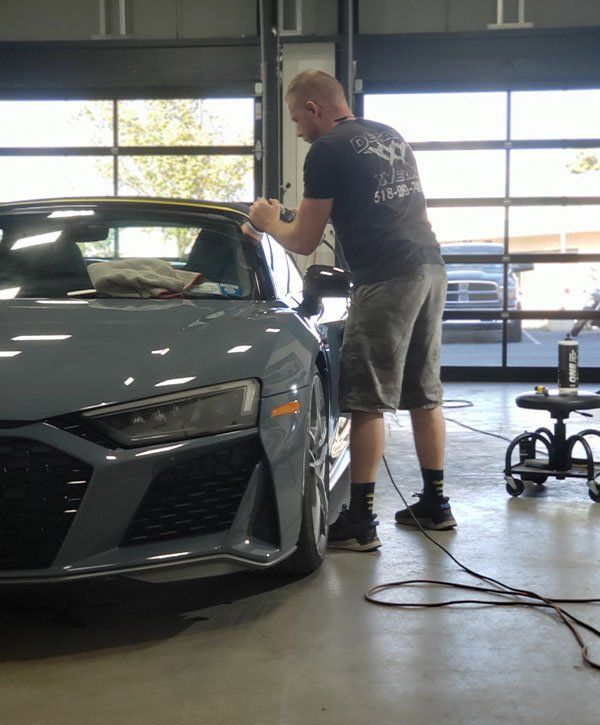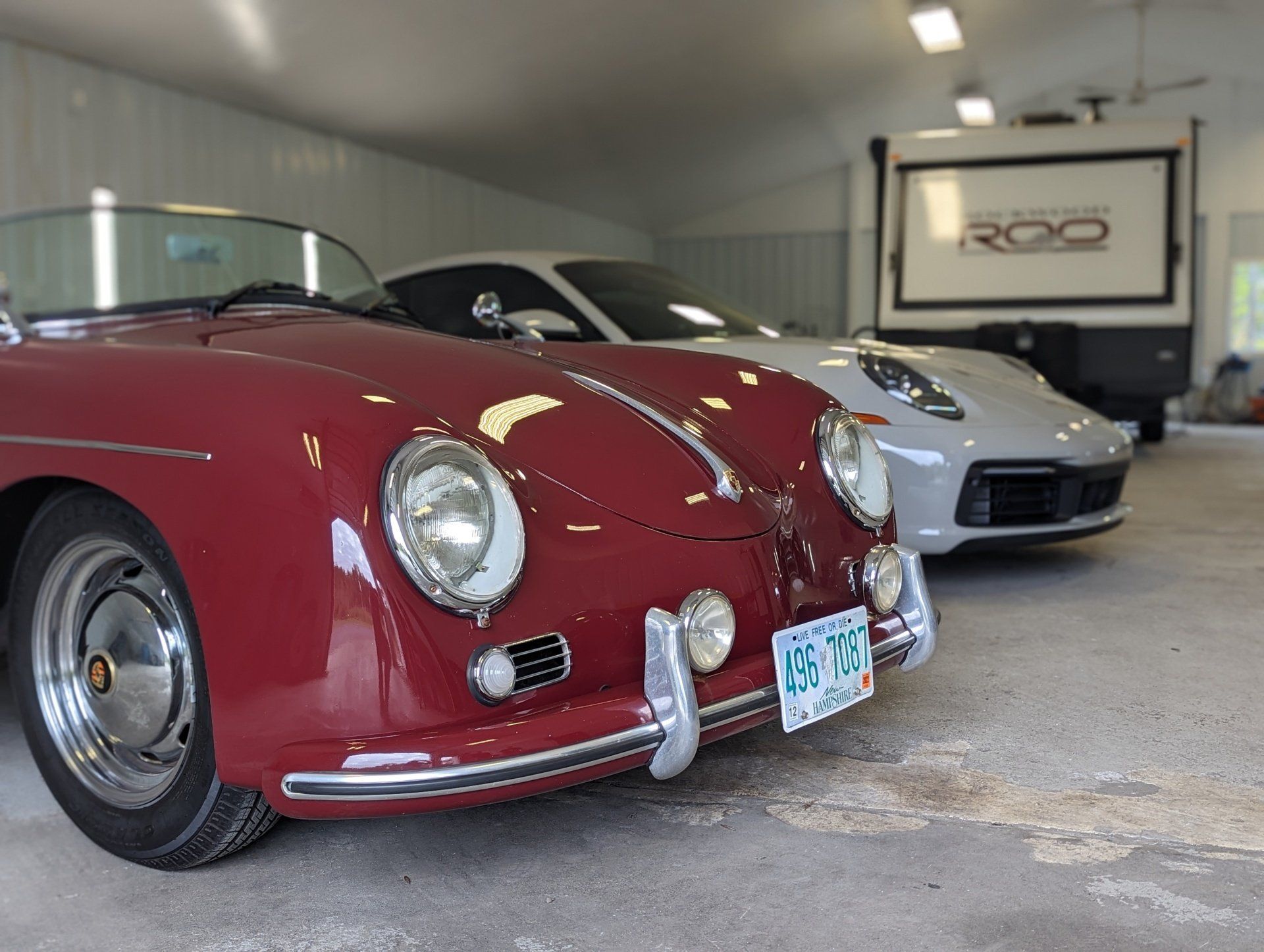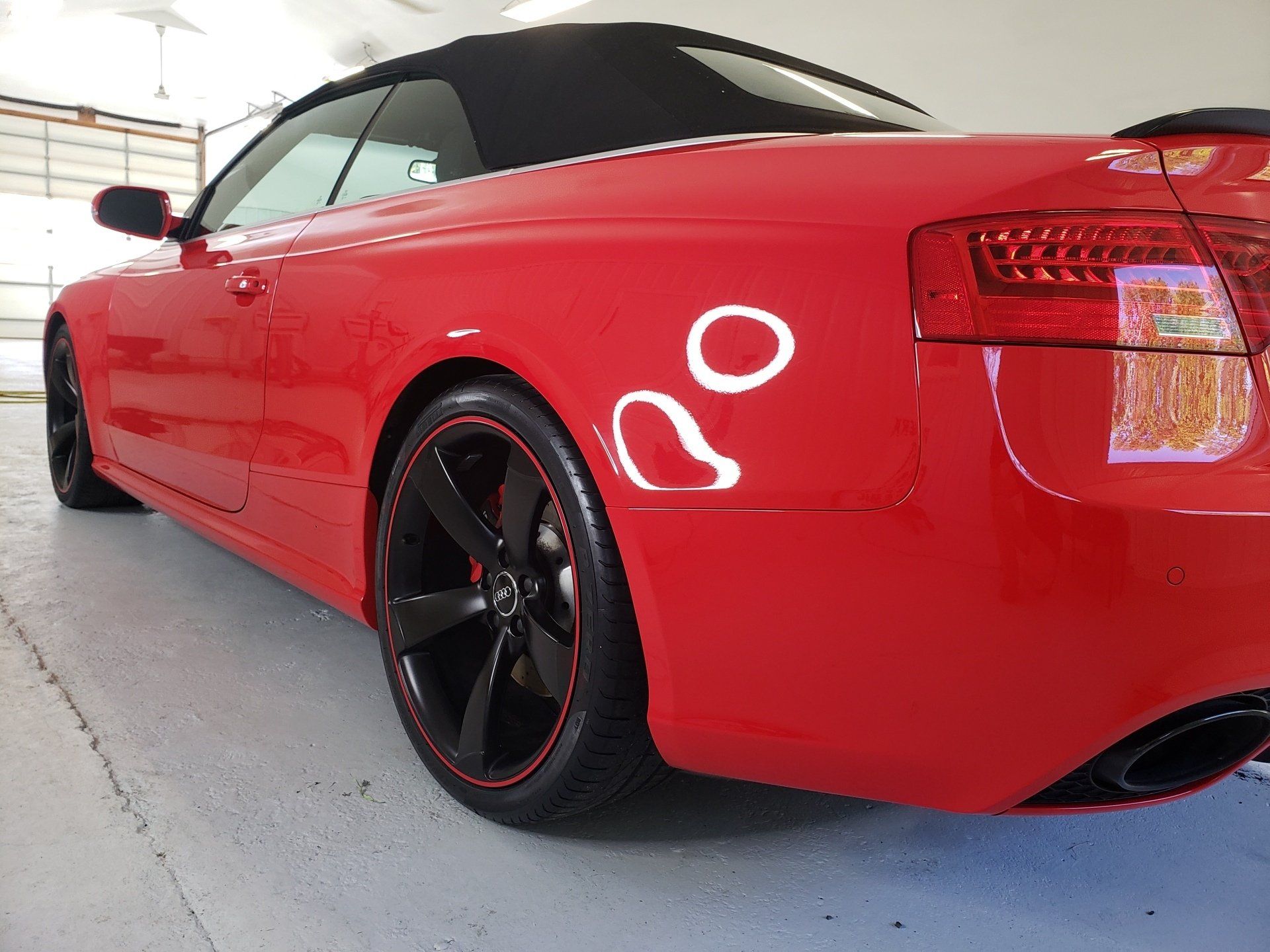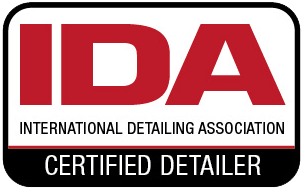Your car is more than just a means of transportation. It's an extension of your personality and an important investment. Like any valuable asset, preserving its beauty and value requires care and maintenance. This is where paint correction steps into the spotlight. But what exactly is paint correction, and why should you care about it?
In this comprehensive guide, we peel back the layers of paint correction to reveal its importance, the meticulous process behind it, and how you can make the most out of this vital preservation technique for your vehicle.
Understanding Paint Correction
Paint correction is the process of rejuvenating and restoring a vehicle's paintwork to improve its appearance. It isn’t just about making a car look like it just came from the showroom floor; it’s about enhancing its overall condition and preserving its value. Without proper care, your car's paint can deteriorate over time, resulting in a dull and worn-out appearance.
The Purpose and Definition
The main goal of paint correction is to remove imperfections from a car’s surface, such as light scratches, swirl marks, water spots, and oxidation. This is achieved through a series of meticulous steps and techniques that revitalize the paint, leaving a smooth and reflective finish.
It’s not uncommon for car owners to confuse paint correction with a regular car wash or waxing. However, paint correction involves much more detailed work, including the use of specialized compounds and polishes to ‘correct’ the paint, rather than simply cleaning or covering it up.
The Process of Paint Correction
To truly understand the value of paint correction, we need to take a deep dive into the multistep process that involves more than just applying some products to a vehicle’s surface.
Inspection of Vehicle: The first step in paint correction is to thoroughly inspect the vehicle’s surface for any imperfections or defects. This can include scratches, swirl marks, oxidation, water spots, and more. A special light and magnifying glass are often used to identify these issues.
Thorough Wash and Decontamination: Next, a wash and decontamination of the vehicle's surface is necessary to remove any dirt, grime, or contaminants that may be present on the paint surface. A two-bucket hand wash is often used to ensure a clean surface. This is followed by a chemical decontamination process using an iron remover, tar and bug remover, or clay bar to remove any embedded contaminants.
Paint correction: The actual paint correction process can begin after the vehicle has been thoroughly cleaned and decontaminated. This involves using a machine polisher along with various cutting and polishing compounds to remove imperfections from the clear coat of the paint. The goal is to level out the surface by removing a very thin layer of clear coat in order to reveal a smooth and defect-free finish. This process can take several hours, and the level of correction needed will depend on the condition of the paint.
Finishing Touches: Once the paint correction is complete, a final inspection is conducted to remove all imperfections. Any remaining residue or oils are then removed from the surface before applying a sealant or wax to protect and enhance the newly corrected paint. This final step not only provides a glossy finish but also helps to protect the paint from future damage.
The Comprehensive Process of Paint Correction
Paint correction is a meticulous process that involves multiple steps and techniques to restore a vehicle's paint to its original condition. It requires attention to detail, specialized tools, and an understanding of the different types of imperfections that can affect a car's surface.
Vehicle Inspection: The first step in paint correction is carefully examining the vehicle's paint surface for any defects or imperfections. This can include scratches, swirl marks, oxidation, water spots, and more. These imperfections can be identified and addressed using specialized tools such as lights and magnifying glasses.
Thorough Cleansing and Decontamination: Before the actual correction process begins, it is essential to thoroughly clean and decontaminate the vehicle's surface. This often involves a two-bucket to remove dirt and grime, followed by a chemical decontamination process using products like iron removers, tar and bug removers, or clay bars to eliminate embedded contaminants.
Paint Correction: The paint correction process can begin once the surface is clean and free of impurities. Using a machine polisher and different cutting and polishing compounds, imperfections are gradually removed by leveling out the clear coat of paint. This step requires skill and precision as it involves removing a thin layer of clear coat to reveal a smooth and flawless finish.
Final Touches: After the paint correction is complete, a final inspection is conducted to ensure that all imperfections have been addressed. Any remaining residue or oils are then removed, and a sealant, wax, or ceramic coating is often applied to protect the paint and enhance its appearance. This final step adds a glossy finish and provides additional protection against future damage.
Benefits of Paint Correction
Paint correction is much more than the typical car wash due to its extensive benefits to your vehicle's overall state and longevity.
Aesthetics and Appeal
The most immediate and noticeable benefit of paint correction is the improvement in the appearance of your vehicle. A properly corrected paint job reflects light better, creating a glossy shine that can make your car look as though it’s brand new, even if it’s several years old.
Imagine the satisfaction of looking at your vehicle and seeing a surface devoid of swirls and scratches. The paint’s color will also appear richer and the contours of your car’s body more defined, enhancing its curb appeal.
Protection Against the Elements
A newly corrected and sealed surface repels contaminants, reducing the rate at which your paint deteriorates from environmental factors. UV rays, acid rain, and even just plain old dust can mar and fade paint over time; the protective barrier of wax, sealant, or ceramic coating applied after paint correction shields your car against these threats.
Preserving Your Investment
In addition to the aesthetic and protective advantages, paint correction can add value to your vehicle. It's not just about preventing your car’s paint from becoming an eyesore; it’s about maintaining and increasing its value in the automobile market.
A vehicle with well-maintained paintwork, free from imperfections, will fetch a higher price when you decide it’s time to sell or trade-in. It signals to potential buyers that the car has been cared for in a way that extends beyond what the eye can see.
Conclusion
A meticulously executed paint correction is much more than a mere aesthetic touch-up for your vehicle. It is an investment in maintaining your car’s appeal and value, and it offers protection against the elements that would otherwise wear away at your car’s natural splendor.
For car enthusiasts and those who see their vehicle as an extension of themselves, the knowledge and application of paint correction can be a game-changer. If your car is starting to show its age or if you want to keep it looking new for years to come, paint correction may be the next step in your maintenance routine.
If you're considering the route of paint correction, the experienced team at Detail Werx can help. With a passion for perfection and a commitment to quality, we offer professional paint correction services that will leave your vehicle looking flawless and protected. Contact us today for a consultation, and let's discuss how we can help you achieve the perfect paint finish for your car.
We strive to be the top detailing/paint correction/ceramic coating business in the area. With over 27 years of experience in detailing and paint correction you can be assured your vehicle is in good hands.
QUICK LINKS
CONTACT INFORMATION
Phone: (518) 269-7466
Email: 518detailwerx@gmail.com
Our Location: 11 Potter Road
Gansevoort, NY 12831
Designed by the team at Detailers Roadmap, a platform developed for detailing operators across the globe.
All Rights Reserved | 8bitcreative, LLC | Detailwerx



